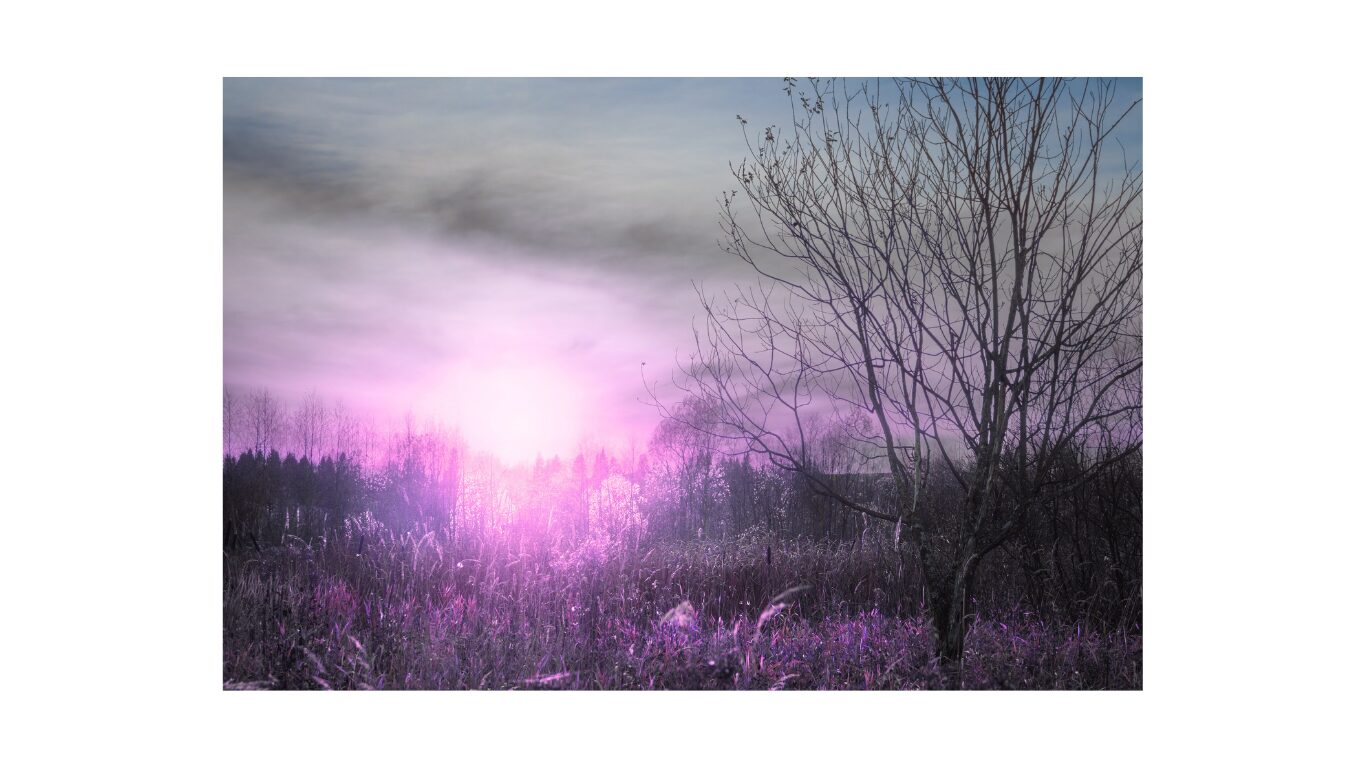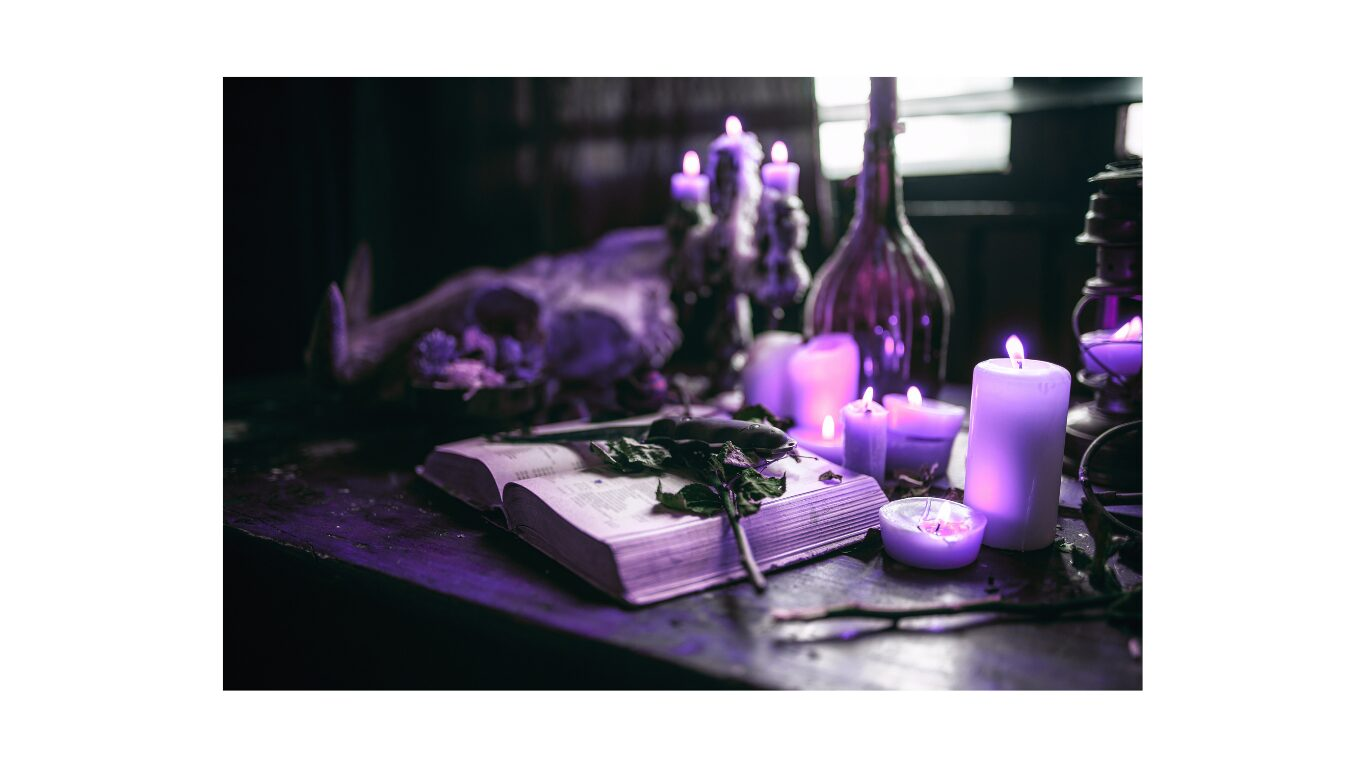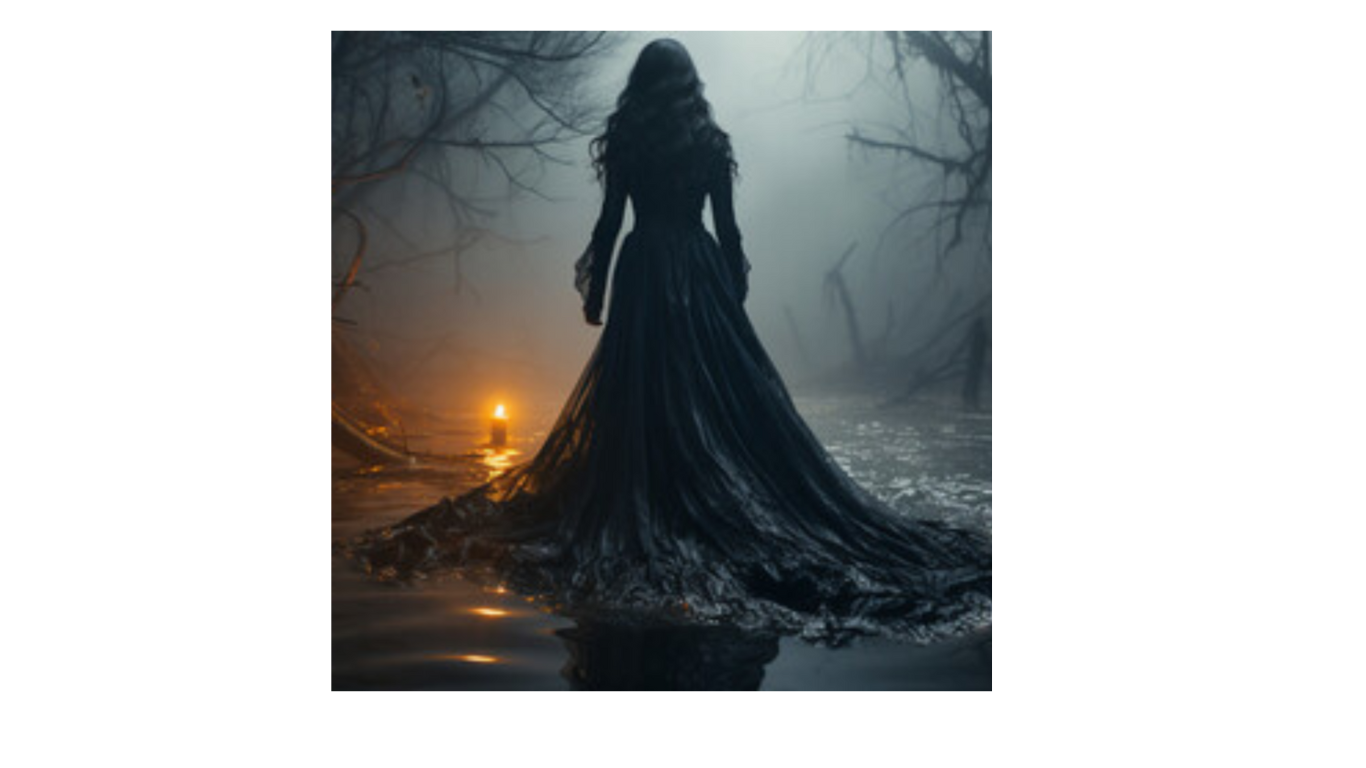November into December can be a strange time for many of us. The darkness deepens. The amount of daylight we have diminishes. The year is slowly coming to an end. All this is overwhelming in itself. We are constantly bombarded with adverts, TV shows about the festive season, and it can be difficult for many of us who are just trying to stay grounded among everything that is being practically forced upon us.
While many can thrive during the liminal time between Samhain and the depths of winter, it can leave a lot of us feeling disconnected. The demands on us seem to increase; social obligations, family expectations and general end-of-year pressures leave us exhausted. You are not failing; you are responding naturally to the season
We naturally want to rest and retreat. Our ancestors worked with the seasons, and things did seem to slow down a lot. They spent more time indoors, around fires, telling stories and staying connected. Our lives are very different, and that is why it can be a lot harder to stay grounded.
It is important to find that balance between nourishing yourself and your craft and keeping up with obligations.
So how do we navigate this time? It’s not by forcing ourselves to feel festive, but by finding small ways to stay grounded and connected.

Simplify obligations and social commitments.
Do not feel obliged to accept every invitation; it is ok to say no and take a step back. When you do need to go Christmas shopping or have a social event to attend, take some time to relax beforehand if possible. If not, make sure you schedule some you time after. It is all about the balance.
Honour the small joys.

It is hard to ignore the festive season. But try and appreciate the little things, the way a hearty casserole warms you, the excitement of a young child about Christmas. The way the stars seem brighter on a clear night.
Small grounding rituals.
You are going to hear me say this a lot, in different posts throughout this season, but it is important that you get some daylight or get outside. Whether it’s a brisk morning walk or simply stepping outside on a cool evening.
Get into the habit of preparing yourself for the next day. At night, spend a few minutes just centring and grounding yourself. If you don’t mind writing, keep a journal and reflect on your feelings. These small acts of self-care are not selfish; they are necessary to keep you tethered, especially if everything feels chaotic.
Take time for quick micro pauses.
If you are in a busy street or location, take time to just breathe. If it’s possible, duck somewhere quiet for a minute or two, just catch yourself. Listen to your body’s warning signs. If you feel yourself getting anxious, stressed, or overwhelmed, step back for a few minutes.
The key here is to listen to your thoughts and feelings, but keep the balance. Slow down, but try not to disconnect from yourself and those around you. You do not have to thrive this season; you just need to be mindful of yourself and create balance.

For books on witchcraft, I recommend Pagan Portal books. Take a look here
The Psychic Tree.
For all your witchy supplies.



